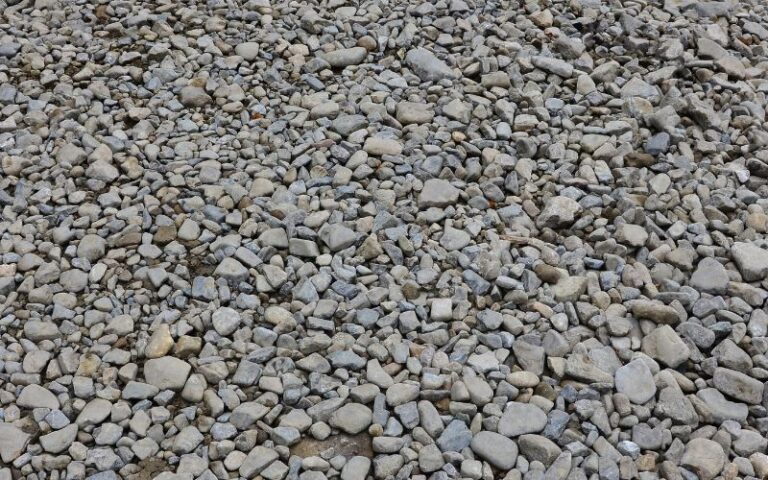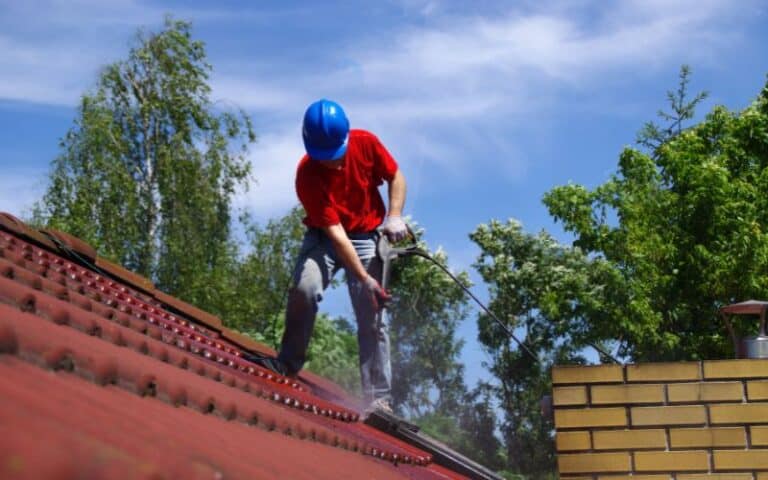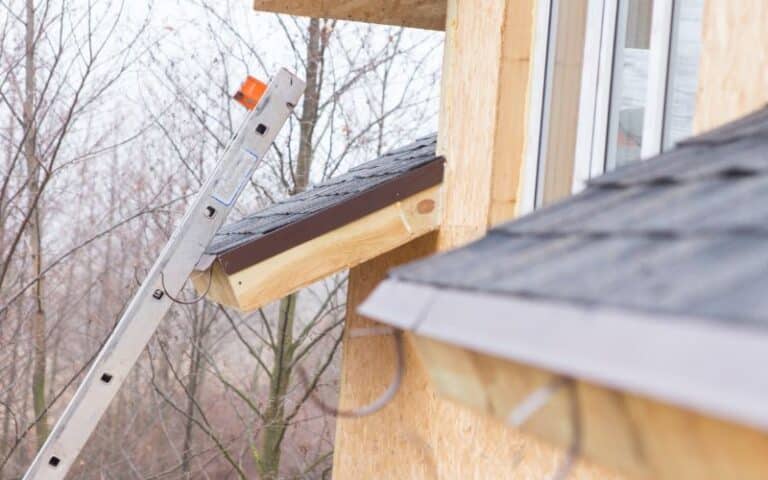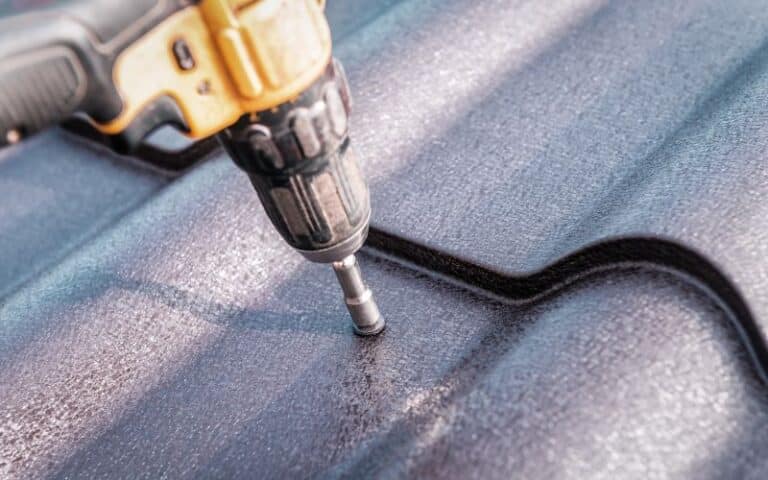Some people disagree with roof penetration for refrigerant lines due to the damage the act is likely to cause.
They argue that refrigerant lines shouldn’t go through floors, ceilings, or roofs to avoid the injuries the building might be susceptible to.
Roof Penetration for refrigerant lines may cause damages in wrongly done. But you can do it carefully without any faults. The line-set can be removed or replaced at any time without having to disturb the roof system.
Ready for a Roofing Quiz?
Sealing Refrigerant Line Penetration Through Roof

It is unsafe to carry out roof penetration for refrigerant lines is unsafe without adequately sealing them.
One of the standard products used in the industry for sealing refrigerant line penetrations through roof/ wall is the Duct Seal.
It remains soft and flexible, so it copes well with expansion/contraction. It’s relatively effortless to remove and reapply or rework.
I advise you to choose the right contractors and equipment to avoid future problems.
In truth, roof penetration for refrigerant lines demands unique expertise. An expert renowned in that field; is to ensure the quality, longevity, and strength of roof penetration systems.
The idea of passing refrigerant lines/pines through the wall doesn’t have to appear as a ‘necessary evil.’
If the right products and installers are in place, you don’t need to be curious about further leaks. Roof penetration should pose a different picture than the wrong one people know.
It can also mean a pleasant sight with fringe benefits to the owner of the building, provided you seal it correctly.
Well-sealed/designed refrigerant line penetration through the roof will have the same reliability and security as penetrations when building construction is ongoing.
However, some roof penetrations have outgrown due to their effectiveness, stability, and safety.
Examples of roof penetrations include air vents, skylights, and chimneys – these roof penetrations are known for their standard. Sealing Avoids Leak Problems
After the foundation of a building, the next item on the scale of preference of most building owners is the roofing; they rely on the security of their roofing systems.
For instance, the frost damage to a leaky or sagging roof is susceptible to wet equipment.
It can result in a power malfunction, irreparable harm, or gross technical damage to buildings with advanced technological equipment.
When a sealant is around an object, it fills the space around the container, and before long, the area is air tightly, restricting air or water.
Nevertheless, sealing remains the best way of avoiding leak problems.
Examples of Good And Bad Rooftop Penetrations For Refrigerant Lines
An example of a good rooftop penetration for refrigerant lines is the type that allows for removing or replacing a line-set without any destructive impact on the roof surface.
On the other hand, a line-set penetration reliant on spray foam, any liquid-applied filler, or any polyethylene material is likely to leak, resulting in gross damage to the building interior.
If you observe the following, you will always have good rooftop penetration for refrigerant lines.
- Put a qualified licensed roofing contractor in charge of the roofing portion. Do not leave the roofing up to an unlicensed installing contractor with no proper roofing skills. Roofs under warranty are usually worked upon by installers certified by manufacturers of the material.
Before work begins, send all proposed details that pertain to roof penetration ought to come to the manufacturer for deliberations and further approval.
So that the material manufacturer can get prior knowledge of everything that concerns the work, but, again, ensure to stick with the certified installer as the manufacturer recommends.
- Make a proper design of the roof attachment. Despite the presence of a licensed sealing/roofing contractor, to be sure that your roof penetration doesn’t leak. Make available properly designed items for the job, the type that will make the work more beautiful.
The contractor has no proper working equipment and decides to use what is available, say a log of wood or an iron road, or anything that one can use to poke the roof, then don’t expect a proper sealing.
Without having to stress this, you should know that the professionalism or expertise of the installer will be driven to the mud if there is no adequate equipment for the job.
Ways to Create Sealing Refrigerant Line Penetration Through Roof
There are several ways of creating sealing refrigerant line penetration through roofs, be it electrical, plumbing, and HVAC penetrations. These spaces can be closed with a variety of materials.
However, to seal refrigerant line penetration through ceilings, you must go for a qualified roofing contractor to perform the task.
It isn’t the roof penetration that makes a building owner cry but the painful unabating leaks that result from it.
People are right to hate roof penetrations, but I disagree with their idea of avoiding it when they can get it correctly done.
Commercial roofs are expensive – no doubt! However, the thought of piercing or poking holes in it shouldn’t override the possibility of having the job done without repercussions.
The methods used to create sealing refrigerant line penetrations are into three.
#1. Counter-Flashing
Counter-flashing is preferable among the three methods to seal a roof penetration. Here, the counter-flashing covers the outside of the base flashing.
The base flashing can be around the locked object, and its base flange is in the roofing system. A counter-flashing is shaped like a cap and is over the base flashing.
More extends down 2″ or more, dropping water onto the roofing.
Screws firmly hold counter-flashing caps, and if penetrating the top of the cap, a mechanically compressed gasket or washer will be used.
Protecting the gasket or washer from UV exposure prevents it from degrading.
#2. Caulk And Band
The caulk and band method of sealing has an exception for non-round shapes. The band creates pressure around the entire flashing to ensure it’s sealed for it to work well.
But, again, you can make consultations with reputable roofing contractors for more information.
#3. Pitch Pocket
The Pitch Pocket might be the last place you will have to resort to, and you can seal complex objects when other methods prove abortive.
The pitch pocket is from sheet metal, and it’s a flanged sleeve flashed into the roofing system allowing for the stagnation of the poured sealant. The sealant circulates the object creating a tight seal.
Long ago, the popular sealant used to be coal tar pitch; from here, the name patch pocket.
Cheaper Penetration For Line Sets Through Flat Roofs
Grainger suits here very well: it’s used for roof flashing and serves the purpose even though it is cheap.
The product has been worth $132.72 recently; it is probably the most affordable but effective material on the grab. Click here for more information about the roof flashing material.
Be mindful of the nature of the roof material or roofing system. If it’s on a commercial building, the roof may be stuck. If it is a vinyl roof, don’t hesitate to get a professional roofer in charge.
Conclusion
Many develop an insurance policy against roof penetration; because of the risk or danger, it poses. But what, the roofers fail to understand that roof penetrations can occur without cause for regret.
Roof penetration for refrigerant lines is not any different; if this is correct, there will be no more worries about leaks in the roof.






